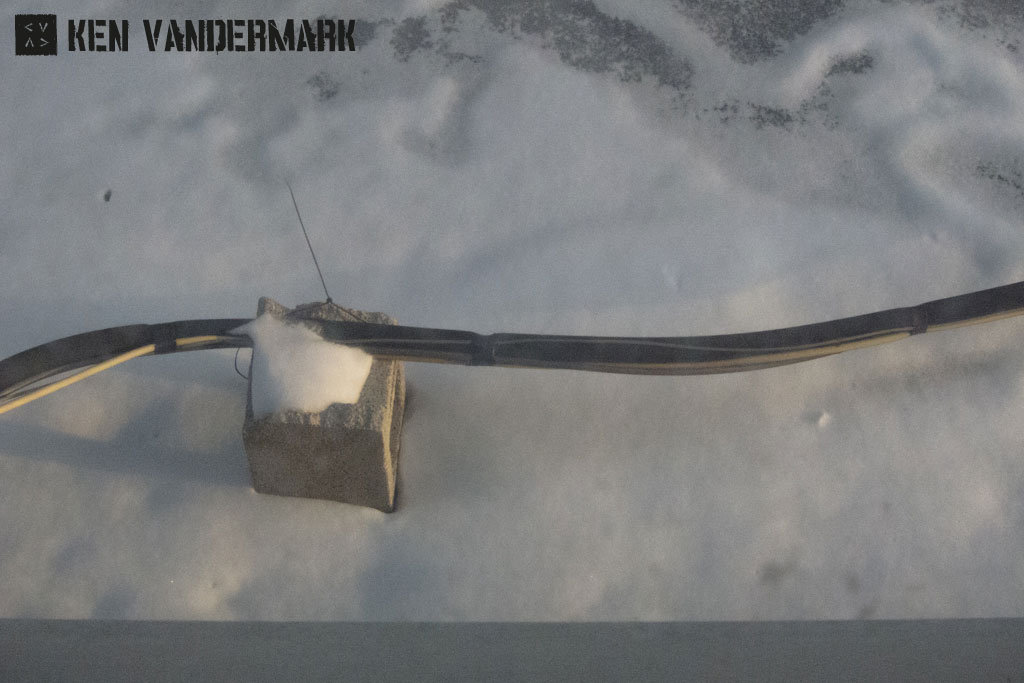

“One of the most common mistakes about Stravinsky is, in my opinion, the incomprehension of his final works. People write absurd diatribes, the most ridiculous things about the period when, according to them, he “embraced the serial system,” or something like that. That’s ridiculous. Stravinsky never changed. What counted for him was his “method.” The fact that he considered music as an ensemble of rhythmic intervals led him logically to that method- I don’t believe in the word “system,” twelve-tone writing was not a system but a method, that’s a much more interesting word. Stravinsky was interested in all sorts of things: mechanical, natural, human, inhuman, sacred, diabolical… He could tackle anything. He arrived very late at the serial method but in the music he composed at that point are some of his best works… What is more important for an artist than to be able to say to others: “go fuck yourselves, I’m going to do my thing in my own way.” Stravinsky understood that very young. I don’t know where he learned that but it’s fundamental, and he helped me to learn it too. It’s a matter of courage, guts, audacity; it has to do with having confidence in one’s “equipment” or with developing it to the point that one can have confidence. He was a very methodical worker. He turned his back on the critics. Sometimes he tossed off letters to answer them, but in general, at the moment they attacked him, he was already far away, elsewhere, they couldn’t reach him. That drove them crazy.”
– Steve Lacy
from “He Flew,” in Conversations (Durham and London: Duke University Press, 2006), edited by Jason Weiss, pg. 253-254.†
The absurd quality of life on the road is difficult to express, but I was struck by how its surreal character was encapsulated while having breakfast at a hotel in Salamanca, Spain during the Vandermark 5 tour. Sitting half asleep with a morning cup of coffee I realized that the standard musical crap that was being piped into the restaurant was actually an easy-listening version of the theme to Martin Scorsese’s “Taxi Driver.” It was hard not to laugh- in yet another country, still unable to understand the language, living out of a suitcase for more than a month (very tired of the same pair of pants by now), dozens ham and cheese sandwiches consumed; and now hit with the vision of a bloody, mohawked Robert Deniro marching around while firing a gun over the cheap breakfast buffet… Yes, the madness all came together in that moment, through the power of easy-listening
sounds.
The new Vandermark 5 lineup (with Fred Lonberg-Holm on cello) started nearly three weeks of concerts in Europe on the 9th of November in Stavanger, Norway. Kent Kessler and I arrived from Frankfurt after a few days off after our tour with Paul Lovens; Fred Lonberg-Holm travelled from from Zagreb by train and plane after a string of trio concerts with Joe McPhee and Michael Zerang; and Tim Daisy and Dave Rempis flew in from Oslo after arriving the night before from Chicago. The gig was a challenge, we hadn’t played together for over a month because everyone had been scattered around working on other tours during most of October. Previous to that the band had to quickly learn rearrangements of the “Color Of Memory” material, plus an additional six new compositions, in order to prepare for our cd release concerts in Chicago at the end of September. So we had to face a lot of new material buy doxycycline us after a long break. Somehow the band got through the concert without a train wreck, and actually played some decent music to a very receptive crowd in the process.
© 2024 Ken Vandermark – musician & composer | Disclaimer